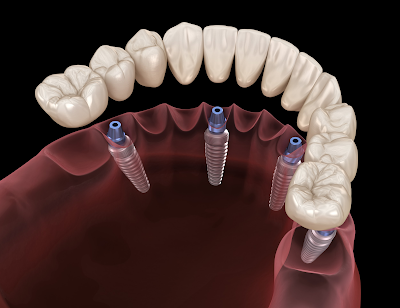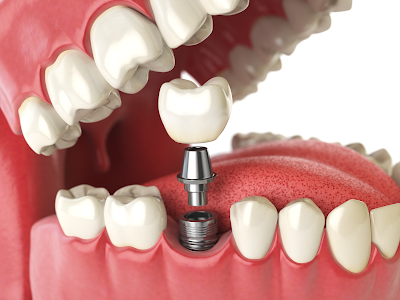What is a root canal?

A root canal is a treatment that addresses most dental problems involving your teeth's nerves. It can be used to repair deep cavities, prepare teeth for crowns or other procedures, remove inflamed tissue (pulp), and prevent tooth decay from spreading. A root canal involves removing all the infected pulp and cleaning an area to seal it off so more infection can't enter. The technique was first performed in 1884 on Dr Charles Mayo's son, who had a tooth with a pain-causing abscessed cavity. Patients are usually numbed with a local anaesthetic to remove the infected pulp and clean out the canal. In some cases, the canals cannot be cleaned out due to the extent of infection, and a crown (cap) must be placed over the tooth. If you need a root canal, your dentist will refer you to an endodontist (a dentist specialising in endodontics). Your endodontist will discuss your case and perform a thorough examination, including X-rays and tests, to see if you need them. How to know if





